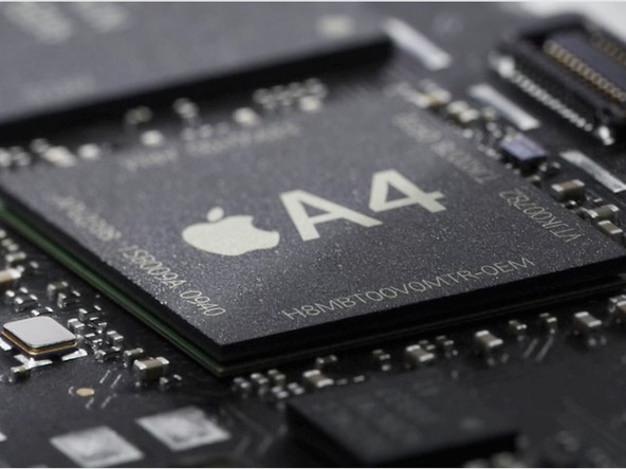Hard- und Software aus einer Hand
It has been reported that Samsung is working on optimizing its software for the Galaxy S6 to near-Nexus levels, and we now have exclusive info that the company is removing every add-on feature that can be downloaded as an application, and slimming down the software by a wide margin in the process. We’re unsure which features and apps will be affected by this – Samsung builds in both standard apps and integrates some functions in the settings menu (like Smart Stay). The latter are less likely to be removed, but we’re guessing that apps like Story Album, S Translator, or even S Voice will become downloadable apps instead of being pre-loaded on devices.
„Exclusive: Samsung removing bloat from TouchWiz, making most of it downloadable“
Falls korrekt, hat der Entschluss zu dieser „Software-Optimierung, near-Nexus level“ ein ganzes Jahr gedauert – ein verlorenes Jahr möchte man unter Berücksichtigung der aktuellen Quartalszahlen aus Südkorea sagen.
Und auch aus Hardware-Perspektive bleibt es spannend für die Smartphone-Serie, die sich in den letzten Jahren am ehesten mit einem iPhone hat messen lassen. Qualcomm senkte nämlich seine Jahresprognose, weil „ein Großkunde sein kommendes Flaggschiff-Produkt nicht mit einem Snapdragon-Prozessor ausstattet“. Bei der beachtlichen Mengenabnahme geht es (höchstwahrscheinlich) um Samsungs Galaxy S6, wie schon Bloomberg zuvor berichtete:
A new report claims that Samsung has decided against using Qualcomm’s 64-bit Snapdragon 810 Application Processor in its next flagship smartphone due to overheating issues, and will instead be forced use its own internally developed (and significantly slower) Exynos chip instead.

Foto: iFixit
In dieser Woche vor exakt fünf Jahren stellte Steve Jobs das erste iPad vor. Das erste Apple-Tablet besaß auch den ersten selbstentwickelten Prozessor für ein iOS-Gerät, den A4. iPhone, iPad, Apple TV aber auch Apple Watch wären ohne diese Entwicklung heute nicht da, wo sie aktuell in puncto Performance und Batterielaufzeit sind.